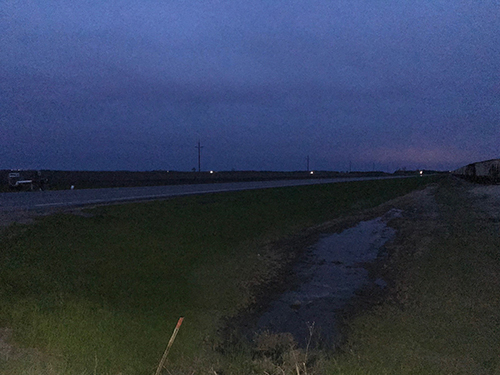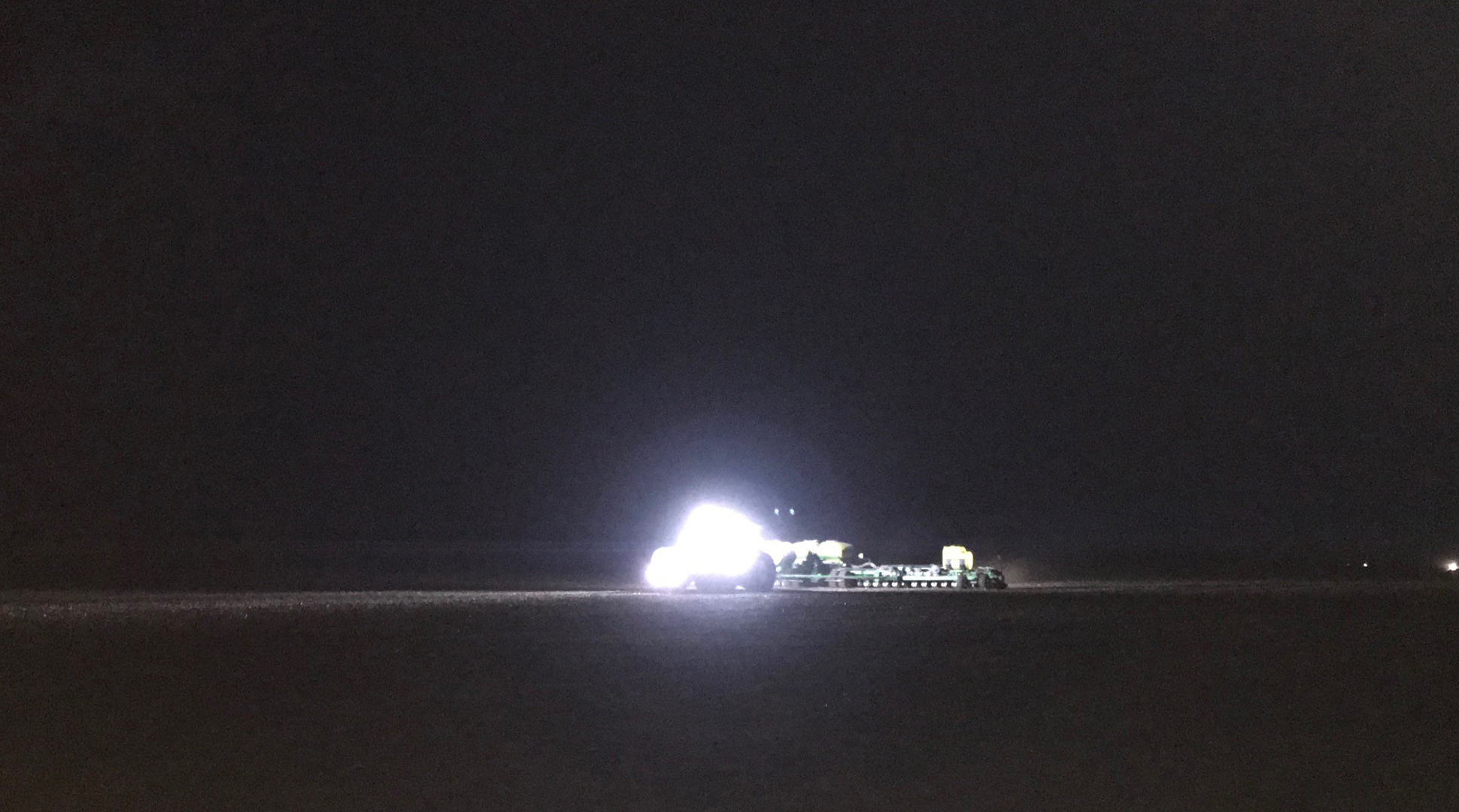By Sarah Lovas
I was driving home from the field tonight and looked out over the landscape. I noticed that the countryside was alive with lights. You could see a light in almost every field. Each light represented a piece of tillage equipment, or a planter, or a seed drill, or a fertilizer spreader. Everyone was trying to get the crop planted. I knew many of these lights would shine well into the night, as there is a 90% chance of rain forecasted to begin around 1 a.m. Everyone will probably work until they are rained out.
The 2019 planting season has been a particularly challenging one. Right now, the nation has only 49% of the corn planted. On average, our country usually has 80% of the corn planted by this time. Wet field conditions have plagued the 2019 planting season and have made it very difficult. Planting progress is officially the slowest ever. When farmers are in between rain storms and field conditions are dry enough, they are burning the midnight oil to get the crop in.
Once upon a time, farmers needed the sun to see what they were doing in the field. They only worked from sun up to sun down. However, tractors now have GPS and autosteer. Autosteer in a tractor literally drives the tractor for the farmer. When the tractor reaches the end of the field, the farmer will take over and manually turn it around. This technology allows farmers to drive when it’s dark. Now they can work 24 hours a day.
If you get a chance, drive through rural America during this crazy planting season at night, and look for the midnight lights in the field. There’s a farmer out there, trying to get his crop in before the rain.

Lights dot the landscape. All of them are farmers trying to get as much planted before the rain comes.
There’s something about working late at night, alone in the field that captures the essence of American entrepreneurial tenacity. There’s something very independent about farmers going back and forth in the field, alone at night. If something breaks, they will have to use their resourcefulness to fix it to overcome the challenge. However, that’s what farmers do. They look at the challenge before them, and figure out how to overcome it, even if it means working some longer days and nights.
